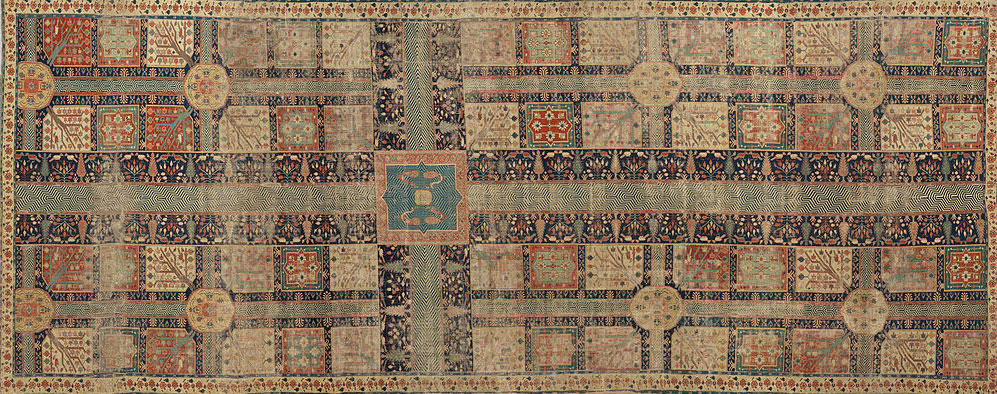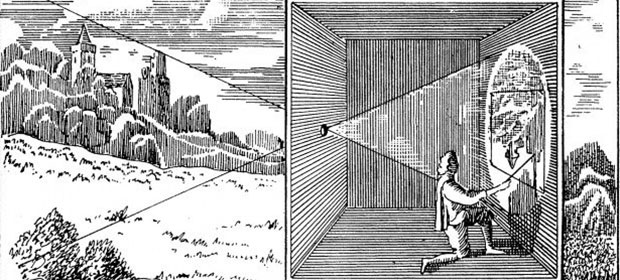
Designing responsibly in the attention economy
The O’Reilly Design Podcast: Tristan Harris on design ethics and leaving things better than you find them.
Subscribe to the O’Reilly Design Podcast, our podcast exploring how experience design — and experience designers — are shaping business, the Internet of Things, and other domains.
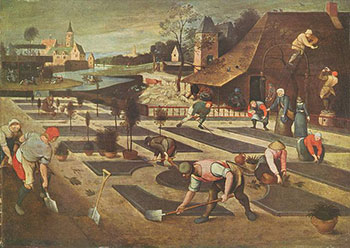 In this week’s Design Podcast episode, I sit down with Tristan Harris, design thinker, entrepreneur, and philosopher at Google, and speaker at O’Reilly’s first design conference.
In this week’s Design Podcast episode, I sit down with Tristan Harris, design thinker, entrepreneur, and philosopher at Google, and speaker at O’Reilly’s first design conference.
Harris talks about Design for Time Well Spent, the Doubt Club, and why it’s important to leave things better than you find them.
Here are a few highlights from our chat:
I think one aspect of why designers need to design responsibly is this new scale, this new proportion of influence and impact — because one choice about whether something takes five seconds of someone’s life versus one second of someone’s life gets multiplied by a billion people.
Even when the intention is very good and very positive, it devolves into what I’ve called the ‘race to the bottom of the brain stem’ to seduce people’s psychological instincts. The best way to get time from people, the best way to seduce or get their attention, is to use people’s psychological biases in a way that gets them to come back or stay.
Part of being ethical means being deeply thoughtful, comprehensive — not just optimistic about the one goal that you have, but to see where that goal might break down.

Designing at the intersection of disciplines
The O'Reilly Radar Podcast: Simon King on creating holistic, integrated experiences and the importance of discipline overlap.
Subscribe to the O’Reilly Radar Podcast to track the technologies and people that will shape our world in the years to come.
In this week’s Radar Podcast, I chat with Simon King, director of the Carnegie Mellon University Design Center. Harkening back to growing up on a family farm in Michigan, King talks about technology’s growing role in agriculture and the role design is playing in agriculture innovation. He also talks about his new book Understanding Industrial Design and the synergies between industrial design and interaction design. King will be speaking about industrial design at our newly launched O’Reilly Design Conference: Design the Future on January 19 to 22, 2016, in San Francisco.
Here are a few highlights from our conversation:
There’s been different eras of agriculture, and this latest one of precision agriculture or data-driven agriculture has the possibility of really changing the way people farm. I see that to some degree with people like my father and the new tools that he’s embracing slowly — things like autonomous driving tractors and some of the different data services. It’s an opportunity, I think, for new people to come into the field, and it’s going to be important.
Like most industries that are leading with technology, design trails. People are embracing the technology because it’s whole new capabilities that they never had before. Being able to do soil samples and analysis and then create nitrogen prescription maps so that you are not like wasting any chemicals — it’s such a great advancement that people are willing to fight through the fact that it’s poorly designed. We see that in medical; we see that in automotive. Any industry that reaches a certain curve where the technology has become mature, then all of a sudden the experience of using it begins to matter a lot more. I think that’s where design is going to start intersecting with agriculture really strongly and actually make it more accessible to farmers who are generally not that technically savvy.
Industrial design is such an older design discipline. Just purely from the design history standpoint, it’s something that everybody should be studying and be aware of how that discipline has evolved. It’s the underpinning of a lot of the different disciplines that design has kind of fragmented into.

Every (successful) company is a service company
Designers are helping to shape the businesses, products, and services in our changing economy.
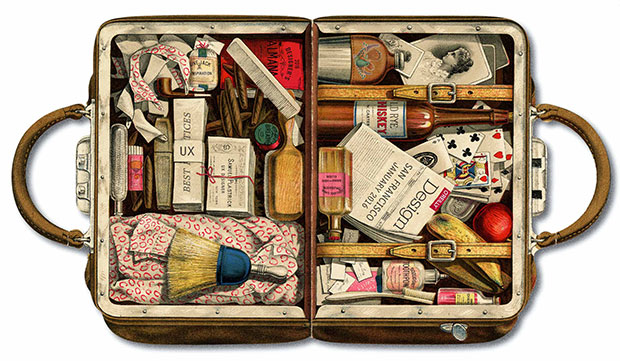
Register now for the O’Reilly Design Conference, which will explore the evolving role of design in business and society along with the tools designers need to shape the next generation of products and services.
Loosely defined, service is the relationship between consumer and company. There are traditional service companies, such as hotels and transportation companies, and their modern counterparts Uber and Airbnb.
Then there are companies that are changing their identities from product companies to service companies, with varying degrees of success: for example, IBM, morphing from hardware to services, and Adobe, moving its software model to a cloud-based, subscription-based service. Whether you’re new to the game or established, almost any product today must have a service aspect.
Why does this matter — and what does it mean for designers?
Tim O’Reilly wrote a recent piece on how the economy is being shaped by software and connectedness. He explained:
One way to think about the new generation of on-demand companies, such as Uber, Lyft, and Airbnb, is that they are networked platforms for physical world services, which are bringing fragmented industries into the 21st century in the same way that ecommerce has transformed retail.
The evidence is clear: we’re living in an attention economy, with thousands of devices and companies competing for eyeballs. Our products are now connected and smart, and the consumer-product relationship is long term, with data fueling the courtship. It’s no longer enough to have a great product — it needs to be coupled with a great service. Service is at the heart of any user experience, and designers are crafting this experience, forging the connections between products and consumers. Read more…

Design is how users feel when experiencing products
The O’Reilly Design Podcast: Cindy Alvarez on emotion, user research, and why Craigslist is great design.
Subscribe to the O’Reilly Design Podcast, our podcast exploring how experience design — and experience designers — are shaping business, the Internet of Things, and other domains.
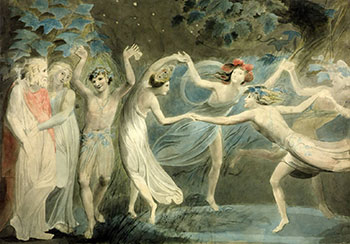 In this week’s Design Podcast episode, I sit down with Cindy Alvarez, a designer at Microsoft, author of Lean Customer Development, and member of our program committee for O’Reilly’s first design conference.
In this week’s Design Podcast episode, I sit down with Cindy Alvarez, a designer at Microsoft, author of Lean Customer Development, and member of our program committee for O’Reilly’s first design conference.
Alvarez talks about how design is changing, how the approach to design at Microsoft is changing, and user research misperceptions and challenges. She also offers advice to those who are insisting all designers should code.
Here are a few highlights from our chat:
Steve Jobs has said that, “Design is not how it looks, it’s how it works.” I would go one step further and say, “Design is how you work.” When you’re using something, how do you feel … How are you feeling more capable — do you feel smarter? Do you feel stronger? Do you feel stupider? Design is how you feel when you are using things or having experiences.
The ‘butt-brush’ effect comes from the wonderful Paco Underhill book Why We Buy. … Specifically, the butt-brush phenomenon is people looking at products that they really wanted to buy, but the store layout made it so people were bumping into them. That was such a strong push to get them to abandon what they were doing … that they’d just get up and walk away. He theorized about people feeling vulnerable, and undoubtedly there’s some sort of evolutionary thing about woolly mammoths sneaking up on us or something. I think it’s just, on a more base level, people feel clumsy. They feel fat, they feel clumsy and awkward, and we don’t like that at all.

Tweaking personas: Mastering the hunt for the ideal user
Personas are a useful tool, almost always used badly.
Register for the UX Design for Growth — Improving User Conversion training session with Laura Klein. In this online, interactive training workshop, Klein, author of “UX for Lean Startups,” will teach you to design for product growth.
Personas have always struck me as a potentially useful tool that is almost always used badly. In theory, they’re great. Who doesn’t love a deliverable that is designed to get everybody on the team more familiar with the ideal user? Why wouldn’t we create something to help us focus our design and engineering efforts around the real people using our products?
Unfortunately, the reality rarely lives up to the hype. Personas, as they are created in many organizations, aren’t nearly as useful as they could be. They’re rarely based on real user insights developed during research. They tend to be overly broad and generalized. They’re descriptive, rather than predictive. And that’s just a few of the things people get wrong. Read more…

Designing beyond screens to augment the full human sensorium
A new reality is coming that will forever change the way we engage with our surroundings.
Register now for Solid Amsterdam, our conference exploring the intersections of manufacturing, design, hardware, software, and business strategy. The event will take place in Amsterdam on October 28, 2015.
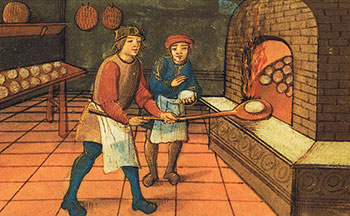 Virtual Reality (VR) strives to recreate the physical world in a virtual one. Augmented Reality (AR), on the other hand, can bring the digital into the physical world to create a hybrid reality. AR offers new ways of applying technology to immerse ourselves in our physical reality (rather than being removed from it), and even enhance it.
Virtual Reality (VR) strives to recreate the physical world in a virtual one. Augmented Reality (AR), on the other hand, can bring the digital into the physical world to create a hybrid reality. AR offers new ways of applying technology to immerse ourselves in our physical reality (rather than being removed from it), and even enhance it.
Interacting with screens is a big part of our everyday modern reality. We spend a great amount of time engaging with our world and each other through two-dimensional screens, whether via a smartphone, tablet, or computer. The world we live in, however, is three-dimensional and not flat: it is physical and involves the use of multiple senses. AR presents the opportunity to design beyond the screens we use today and create new experiences that better embody the full human sensorium.
In my last Radar article, I looked at how AR, wearable tech, and the Internet of Things (IoT) are augmenting the human experience. I highlighted how computer vision and new types of sensors are being combined to change the way we interact with and understand our surroundings. Here, I’ll look at how this can be extended by integrating the human senses beyond the visual — such as touch, taste, and smell — to further augment our reality. Read more…
